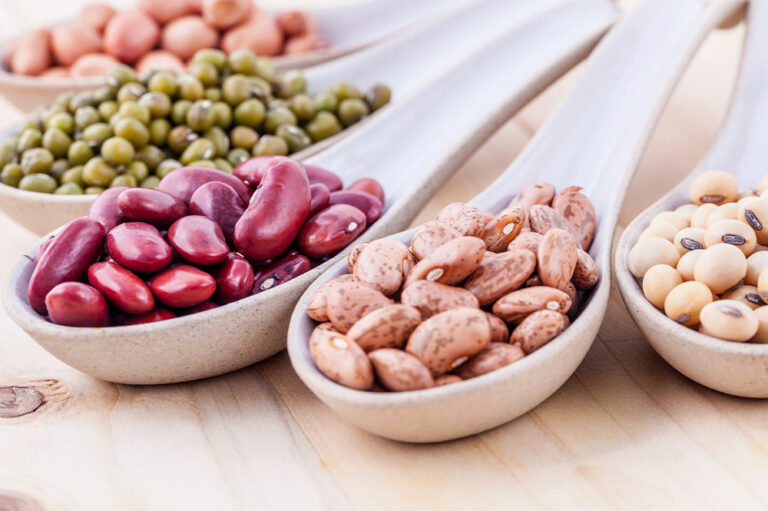
6 surprising migraine triggers and ways to manage them
No one can know what a painful affair a sudden onset of migraine pang is other than the person who goes through it. While the migraine triggers differ from person to person, a few culprits are there, which seem to attack everyone indiscriminately. When one can identify their triggers, they are a step closer to effectively managing migraine and avoiding future attacks. Here are six surprising migraine triggers which you may not have been previously aware of:
Excessive stress
Stress is the most common reason that tends to trigger migraine pangs. According to some studies, stress is a catalyst for 70 percent of migraine attacks in patients. Besides, such studies have revealed a close relationship between daily migraine activity and stress levels. Furthermore, there seems to be a continuous cycle in which the day-to-day stress levels are further loaded with the worry of upcoming migraine attacks.
How to manage: One can begin by preparing an exhaustive list of things that seem to bug daily but are pretty mundane and can be dealt with quickly without any undue tension or stress. Once the list is prepared, work on those triggers to reduce their effects on your stress levels. Besides that, try relaxation therapy, yoga, meditation, exercise, biofeedback, and massage to calm your mind and maintain a consistent sleep schedule. These remedies will not completely resolve stress-related issues. However, they will modify the bodily response to stress, so that migraine pangs are not triggered.
Lack of a regular sleep schedule
The relationship between sleep and migraine is pretty intimate. While everyone needs a good night’s sleep for the renewal and repair of their body and mind, a regular sleep schedule is necessary for migraine patients. Any changes in the sleep pattern can trigger an attack. Yet, an interesting fact about migraine pangs is that most get activated between 4 am and 9 am when one is supposed to sleep but can’t because their miserable brain won’t let them.
How to manage: One does not have a choice but to maintain a regular sleep schedule with a motive of at least 7 to 8 hours of sleep. Forget TV, reading, texting, and listening to music before bed, and make sure not to take even the shortest nap during the day.
Eating habits
Munching on the wrong food can trigger a variety of health issues. Migraine is one of the many. The most typical foods that can trigger migraine pangs include cheese, chocolate, MSG and histamine, artificial sweeteners, cured meat, caffeine, and other food with a pungent smell.
How to manage: One must watch out for their nutritional regime. This will help identify the culprits that activate the migraine pangs. If one cannot do it on their own, get the help of a nutritionist. They will prepare a customized migraine meal plan, keeping the needs and wants in mind.
Caffeine consumption
The relationship between migraine pangs and caffeine is a complicated one. For some migraine patients, they act as a panacea, while for others, they are one of the principal migraine pain triggers. Interestingly, certain oral pills for migraine contain small doses of caffeine. Yet, specific research studies on migraine opine that coffee is one of the most common culprits in triggering migraine attacks.
How to manage : It is essential to watch caffeine consumption limits. If one feels the warning signs of a migraine attack ringing in their head, resort to prescribed medications like Ubrelvy, Qulipta, or Nurtec without further delay.
Fluctuating weather conditions
Some of the most typical triggers of migraine attacks are weather-related. Excessive heat, storms, and fluctuations in barometric pressure can quickly push the buttons and activate migraine pangs. Besides that, extreme heat levels and humidity cause dehydration leading to migraine attacks.
How to manage : Nature cannot be controlled, but one can try to adjust to its fluctuating mood. Schedule daily chores according to the weather conditions. Get done with all the errands early in the morning to prevent the body from losing its valuable energy when it is too hot and humid.
Overuse of migraine pills
Having a migraine is not only messy but also tricky. One cannot live without pills. Yet, taking them acutely for more than ten days a month may cause other migraine attacks-a condition, which in medical terms is called Medication Overuse Headache (MOH).
How to manage : If one feels they have MOH, consuming pills should be stopped, and consult a health professional immediately. The system needs to be cleaned to stop this never-ending cycle of pain.
Managing migraine triggers
It is essential to remember that every individual is different and so are their experiences with migraine triggers. Some of the typical treatments the doctor may prescribe depending on the nature of the migraine are:
Ubrelvy: It is an oral pill that should be taken when a migraine attack occurs as it is not a preventive treatment. However, if it is too late to take it, do not stress as it has proved to work even after 4 hours of an attack.
Qulipta: It is an oral pill used to prevent episodic migraine triggers. It is a preventive treatment that reduces the chances of sudden migraine triggers over time instead of treating them after they have occurred.
Nurtec : It is the only migraine pill that prevents and treats sudden migraine pangs. It is quick and lasts up to 48 hours for prevention and treatment.







